







The adoption of Christianity in Ethiopia dates to the fourth-century reign of the Aksumite emperor Ezana. Aksum's geographic location, at the southernmost edge of the Hellenized Near East, was critical to its conversion and development. The kingdom was located along major international trade routes through the Red Sea between India and the Roman empire. The story of Ezana's conversion has been reconstructed from several existing documents, the ecclesiastical histories of Rufinus and Socrates Scholasticus. Both recount how Frumentius, a youth from Tyre, was shipwrecked and sent to the court of Aksum. Frumentius sought out Christian Roman merchants, was converted, and later became the first bishop of Aksum. At the very least, this story suggests that Christianity was brought to Aksum via merchants. Ezana's decision to adopt Christianity was most likely influenced by his desire to solidify his trading relationship with the Roman empire. Christianity afforded the possibility of unifying the many diverse ethnic and linguistic peoples of the Aksumite kingdom, a goal of Ezana's leadership. Aksum was one of the earliest states to develop a coin system in order to service its sophisticated and prosperous economy. Emperor Ezana was the first world leader to put the cross on coins that are the earliest examples of Christian material culture from Ethiopia.

Related
Remains of distinctive Aksumite church architecture have been located in Aksum, Matara, and Adulis. These are oriented basilicas with stepped podia, which are accessed by a monumental set of stairs. These churches include an apse with lateral square chambers, introduced into the design of basilicas along the south coast of Asia Minor, Syria, and Palestine by the fifth century. The construction of churches is believed to have served the religious needs of the new administrative and military officials settling in expanded territories. The growth of the Aksumite state ended after the Persian conquest of South Arabia, which displaced the trade routes of the Red Sea.
While its origins are unclear, the Zagwe dynasty arose sometime during this period of reduced wealth and international prestige and probably lasted until 1270. The almost complete lack of surviving manuscripts makes it difficult to obtain a clear picture of the period. After the abandonment of Aksum, the previous political and economic capital, the city of Roha, now called Lalibela, was established as the ceremonial center of the Zagwe dynasty. Churches most likely based on Aksumite precedents were hewn out of living rock in the mountains of Lasta. The Church of the Redeemer, the largest and perhaps most famous church at Lalibela, may be an architectural copy of the Cathedral of Mary of Zion at Aksum. The interiors of these magnificent structures were covered with paintings and murals.
Yekunno Amlak's overthrow of the reigning Zagwe dynasty in 1270 marks the beginning of the Early Solomonic period (1270–1530). Amlak based his claim to legitimacy on an alleged lineage with the ancient rulers of Aksum originating with King Solomon and the Queen of Sheba. This period was one of dramatic social and cultural change and development. Extensive international trade returned to Ethiopia since Europeans were seeking alternatives to trading along Islamic-controlled routes. This resurgence lasted until the Portuguese rounded the Cape of Good Hope. Evoking the legend of King Solomon, rulers of this period established royal churches lavishly decorated with wall paintings, gold ornamentation, and precious fabrics. These included the famous rock-hewn churches of Tegre and Lasta. Through affiliations with monastic leaders, these secular rulers used artistic patronage, including the recruitment of European artisans, to establish their authority and enhance their prestige. This interface with Europe exposed Ethiopian artists to new mediums, technologies, and aesthetic sensibilities. These influences are reflected in wall paintings through a shift from rigid frontality and the widespread use of geometric patterning to a three-quarter pose, a greater fluidity of line, and the use of modeling to describe three-dimensional volumetric figures. This new style contained elements of both Byzantine and Italian prototypes.
Monasteries, for example the Dabra Hayq Estifanos monastery in Amhara, were established as centers of learning. These complexes often contained extensive scriptoria for extraordinary illuminated manuscripts, of which very few survive. The labor-intensive work of the scriptorium was often considered a crucial dimension in a monk's spiritual training. There were many monasteries in the region of Lake Tana, including that of Fré Seyon, one of two known artists of this period. Seyon is credited with the development of the devotional Marian Icon images and style. Mary became an extremely important figure in the Ethiopian church when Emperor Zar'a Ya'eqob (r. 1434–68) mandated the reading of the Miracles of the Virgin Mary and that she be honored at most of the thirty feast days in the liturgical year. Zar'a Ya'eqob was particularly successful at utilizing the power of her visual imagery to publicly emphasize teachings about her centrality to Christian salvation.
The Islamic jihads of 1531 through 1543 by the neighboring state of Adal destroyed many royal churches, libraries, and monasteries, resulting in the loss of all of their records. Rare examples of the extraordinary royal patronage of the Early Solomonic period that survived were preserved in extremely remote, inaccessible monasteries. A long period of chaos followed the Adalite invasion, including subsequent incursions by enterprising groups seeking to fill the power void left by the fall of the Aksumites. In the seventeenth century, the significantly reduced Christian empire established the new capital of Gondar. Until its assault by Tigray in 1769, Gondar was the spiritual, artistic, and political center of the empire and therefore was a site for the principle scriptoria and painters' workshops, as well as architectural innovations.
While earlier Aksumite churches were circular, later constructions deliberately attempted to mimic those of the description of King Solomon's temple in the Old Testament. The churches built in Gondar have a square sanctuary with two aisles running along the periphery. The interiors are entirely covered in both murals and paintings that were commissioned by the wealthy elite in order to assist in their ascension to heaven. This was a period of intense artistic production, including, in particular, considerable quantities of icons devoted to the Virgin Mary.
The Ethiopian royal dynasty remained intact until the overthrow in 1974 of Haile Selassie, the last Christian emperor, by a military coup.

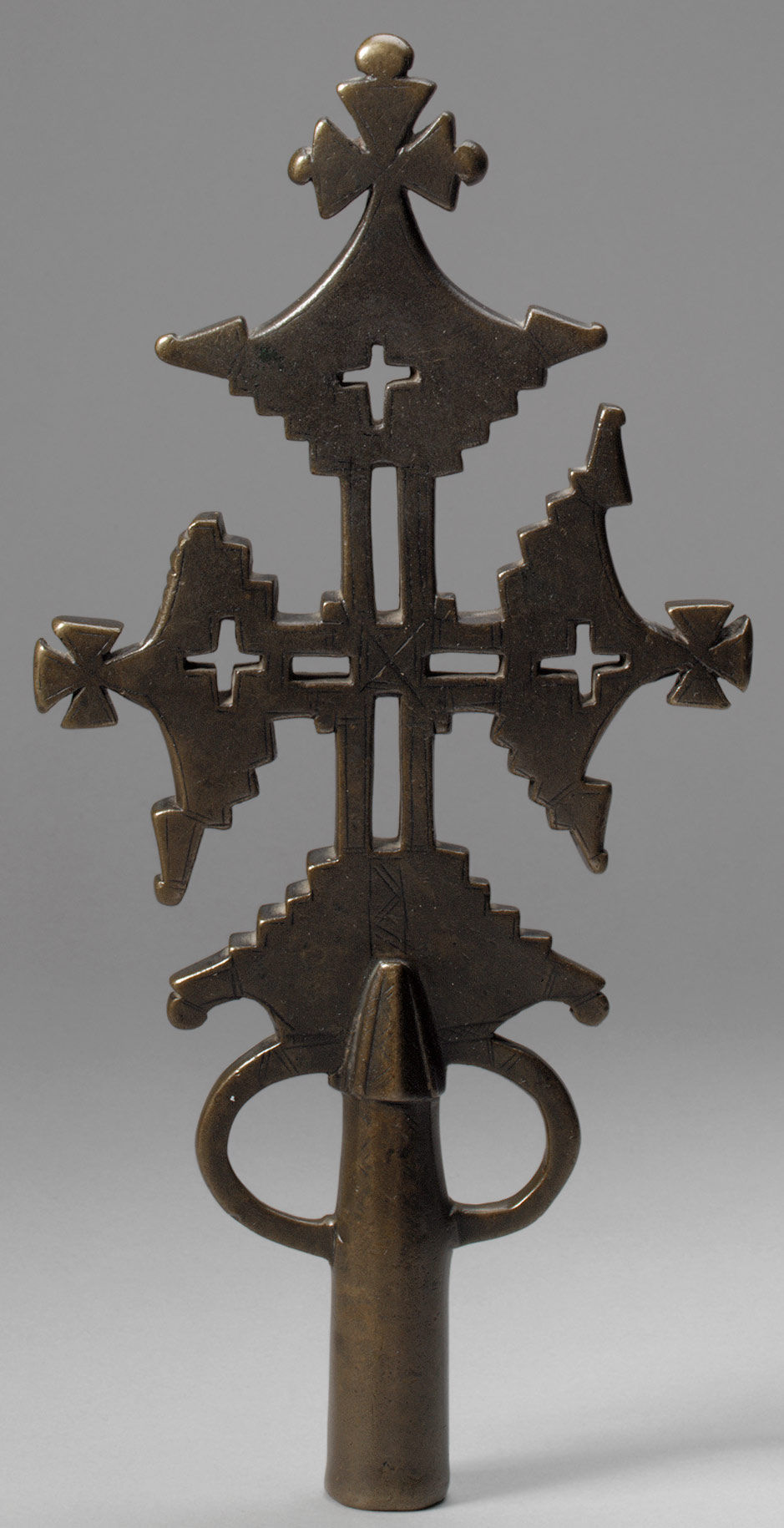
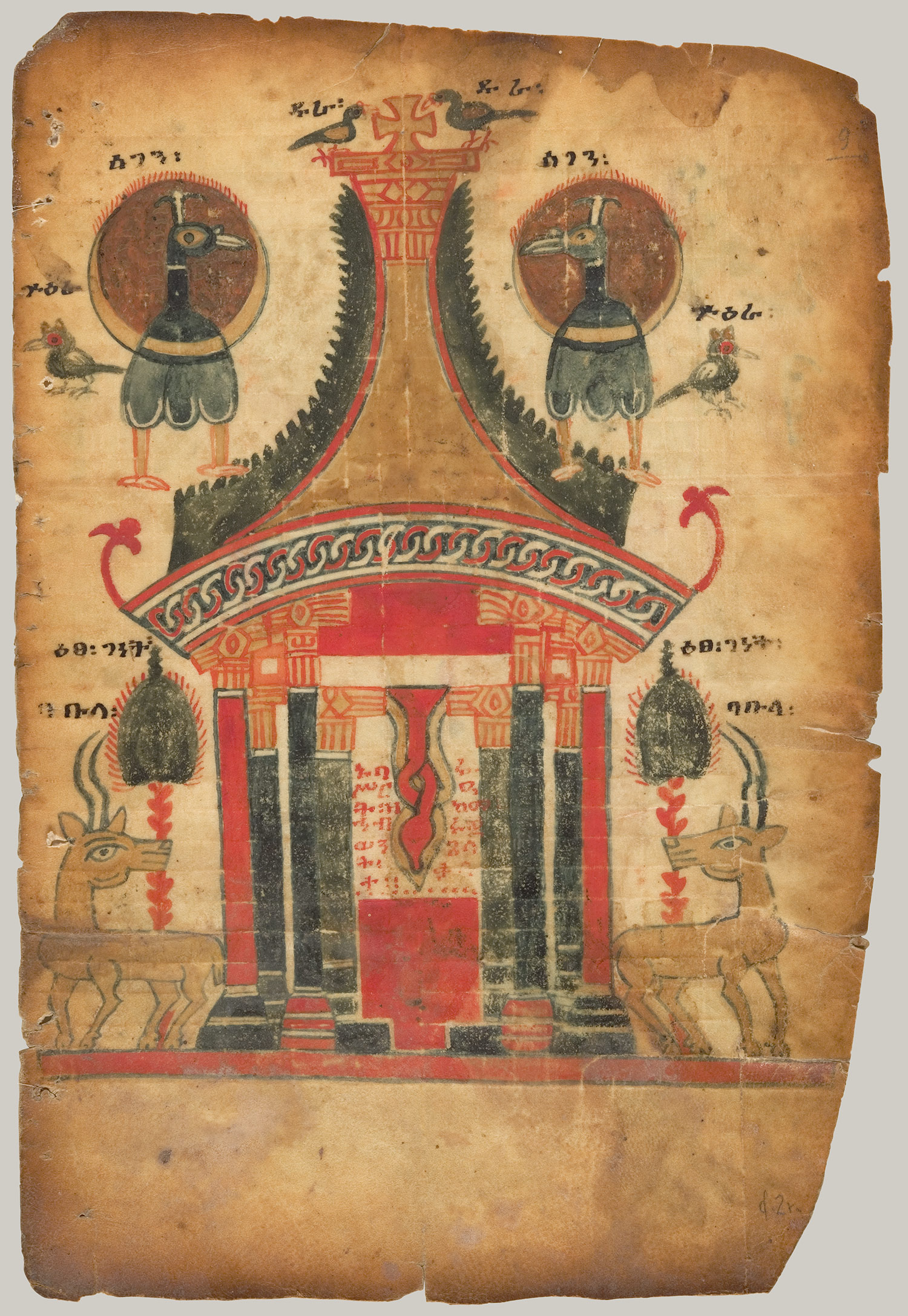
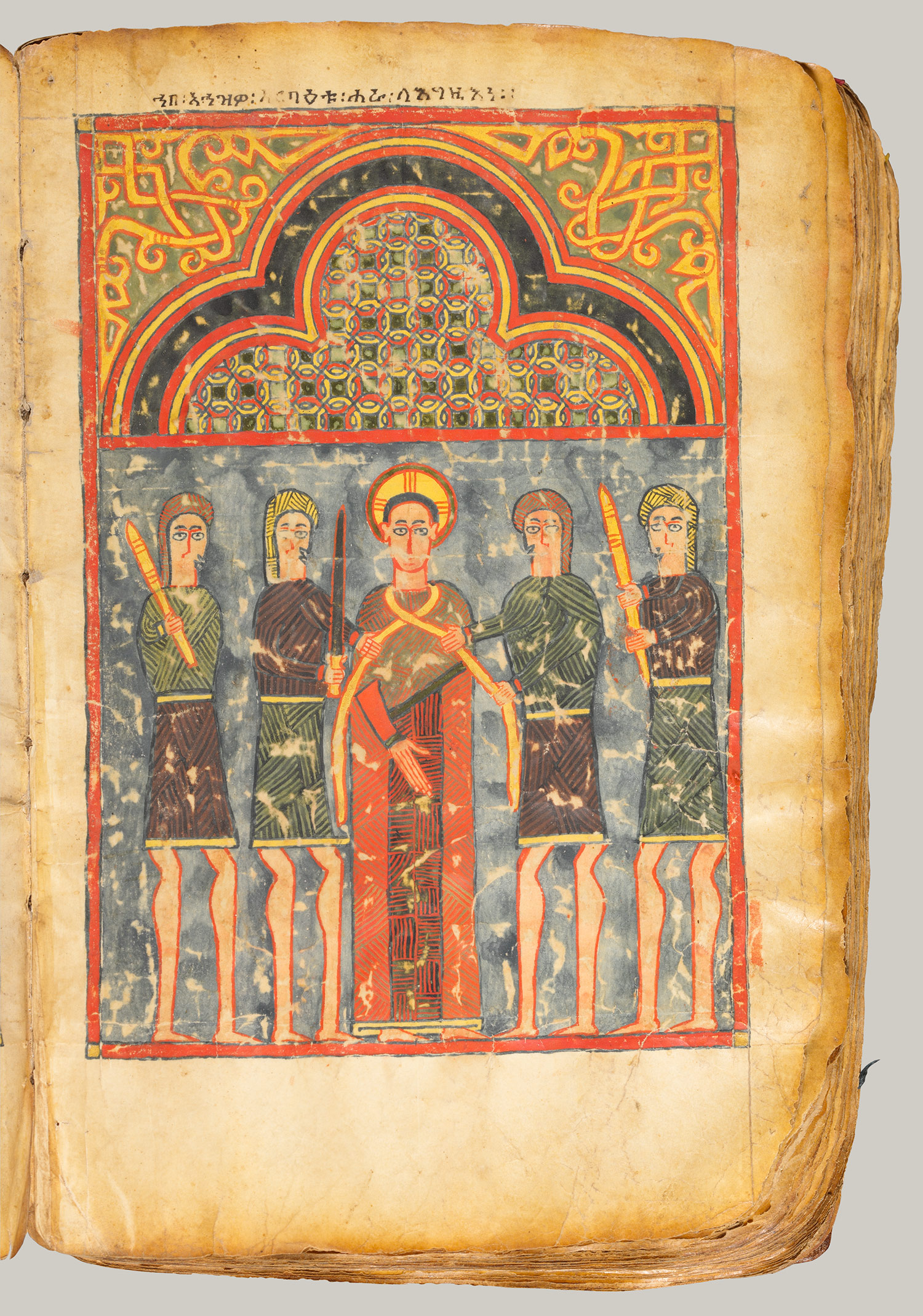
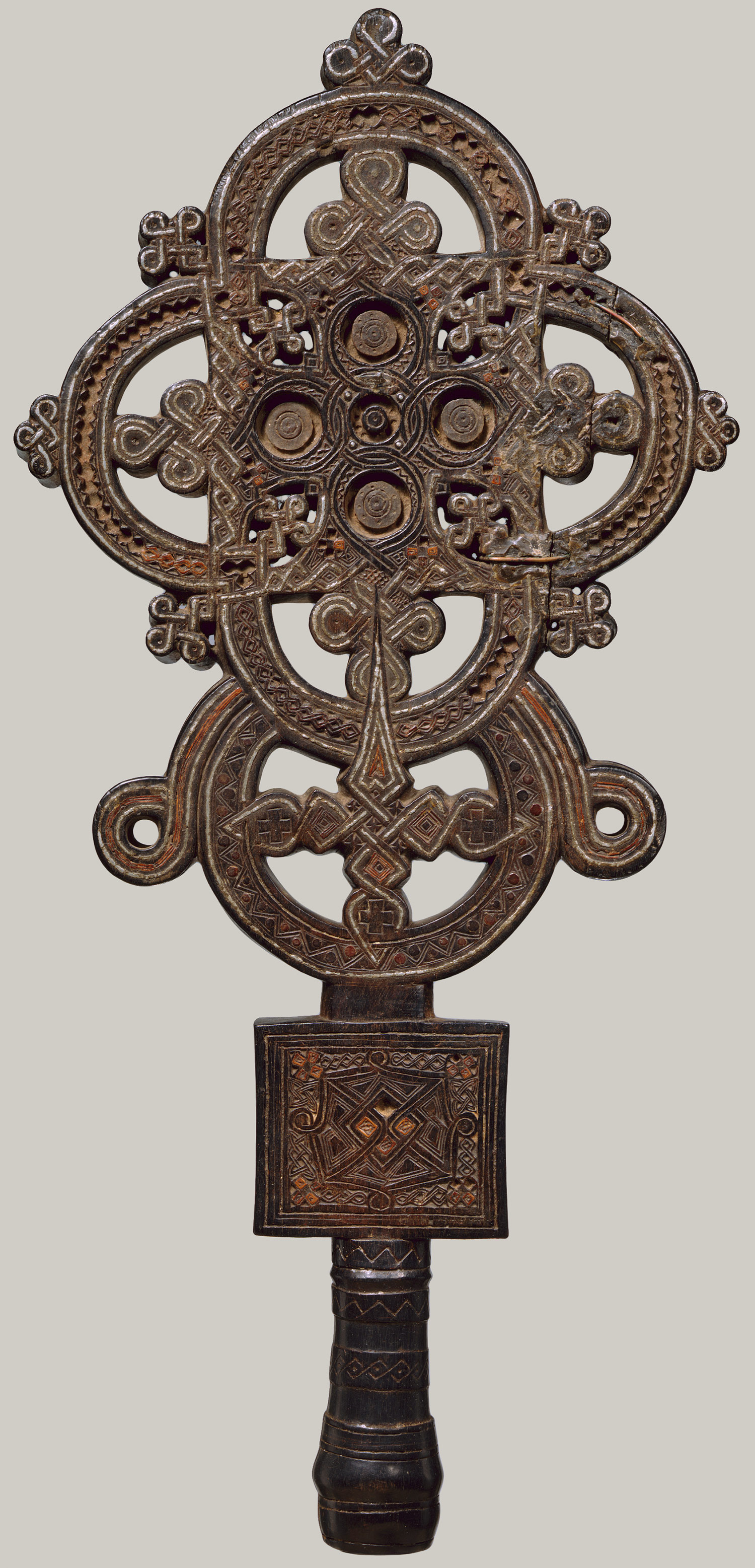
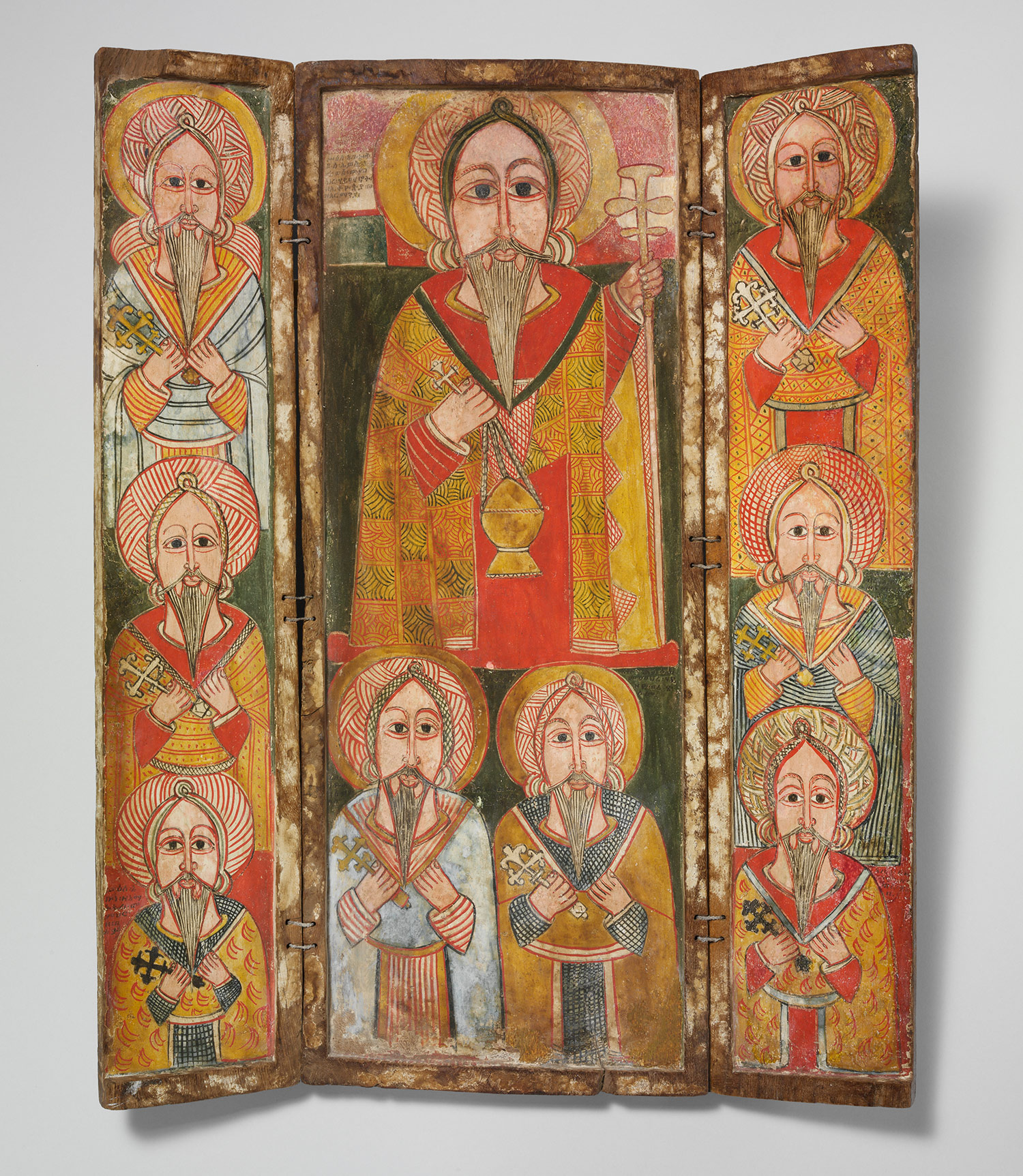
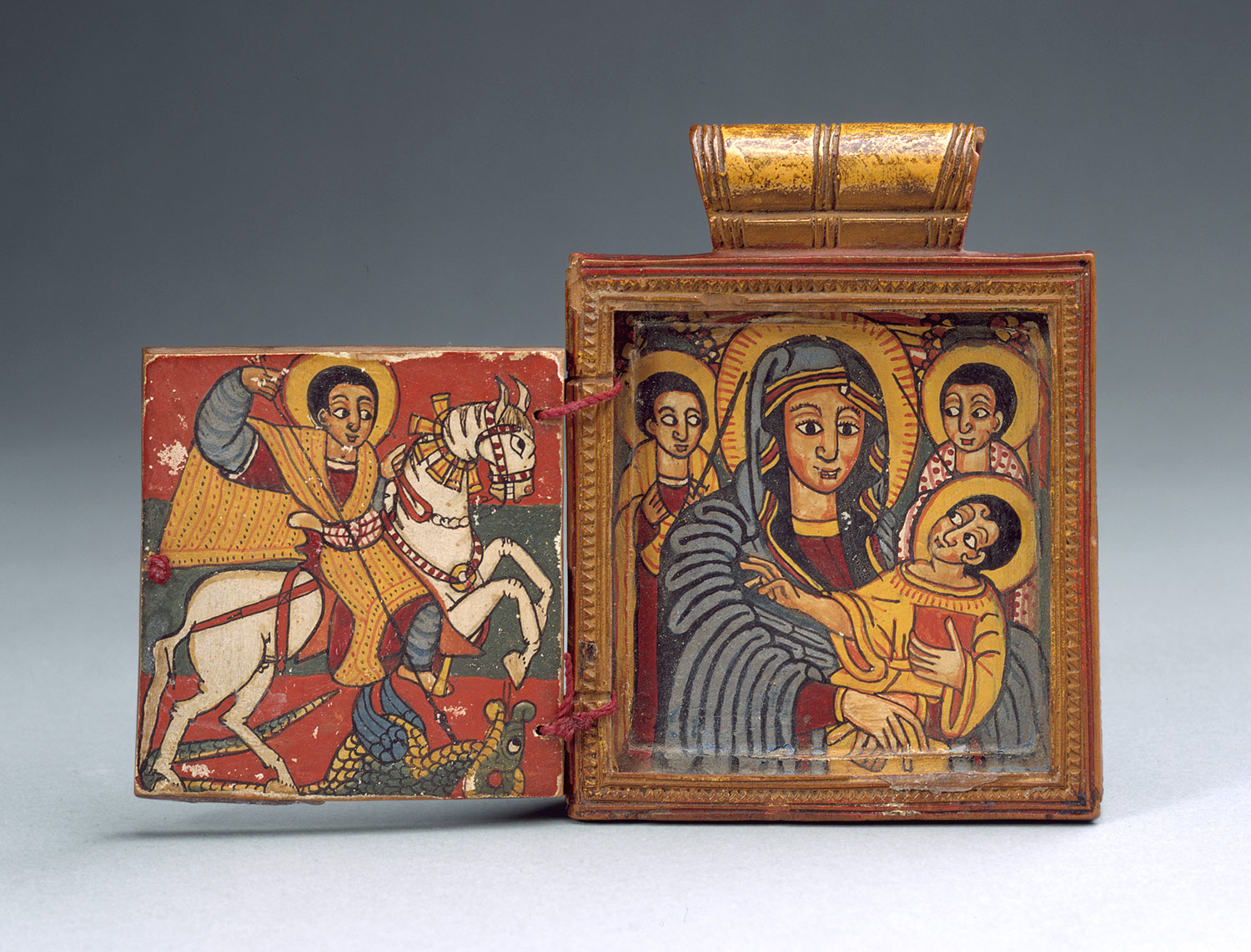
 Timelines (5)
Timelines (5)
No comments:
Post a Comment